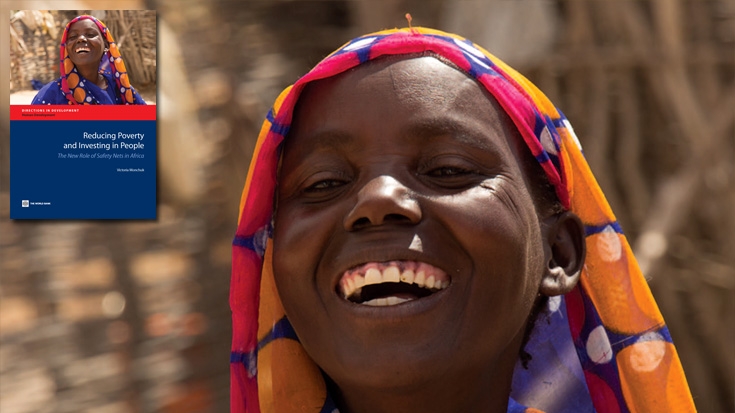WASHINGTON, February 11, 2014 –When the recent global economic crisis threatened Africa’s progress in reducing poverty, safety nets emerged as a fundamental way to prevent a reversal of these gains. A new World Bank review of the use of these programs in 22 African countries shows that safety nets are critical instruments for reducing extreme poverty and increasing shared prosperity.
The review, entitled “Reducing Poverty and Investing in People: The New Role of Safety Nets in Africa”, notes that safety net programs in Africa are working to reduce poverty in a number of ways. Impact evaluations provide evidence that safety nets help households to meet basic consumption needs, protect assets such as livestock, and invest in their children’s health and education.
Research also suggests that safety nets could potentially boost future well-being and poverty reduction because they help poor households make productive investments today. They can also produce second round economic stimuli in poor areas.
From fragmented programs to systems
In most African countries reviewed, safety nets tend to be fragmented and too small to effectively protect the poorest. However, in some countries that are leading the way forward, such as Ethiopia, Kenya, Mozambique, Rwanda and Tanzania, safety nets are beginning to evolve from fragmented standalone programs into robust safety net systems.
Safety nets in Africa have evolved from emergency food aid programs that were often used during periods of drought or food insecurity to regular, predictable safety nets such as cash transfers or cash-for-work programs that are targeted to poor and vulnerable households.
Some of the main tasks that countries must tackle as they move in this direction include improving data collection and monitoring, targeting programs more effectively to make sure that the assistance reaches the households that need it the most, and scaling up existing programs that are already working well.


